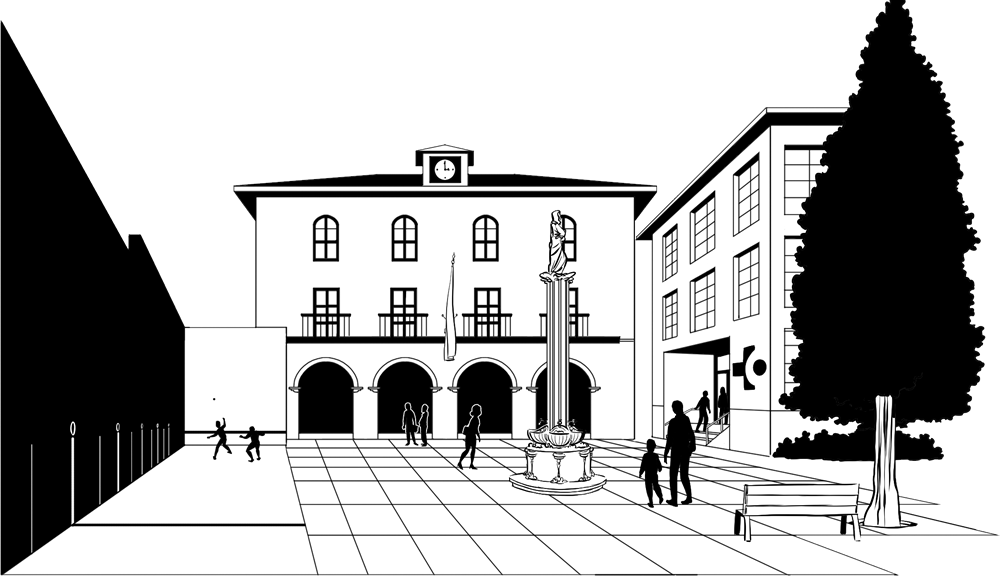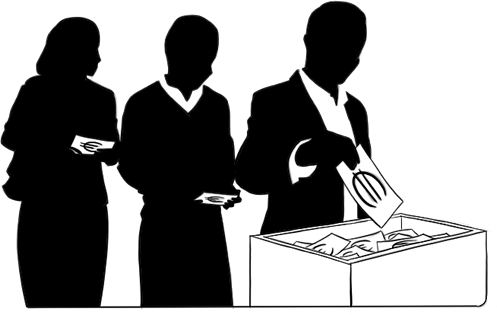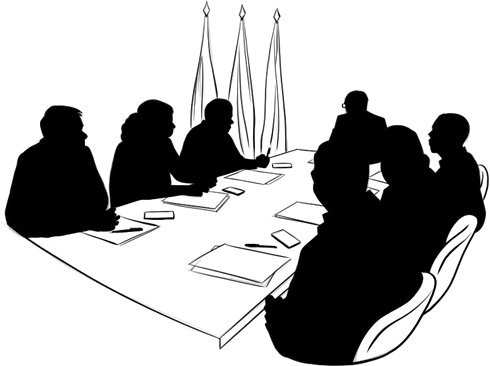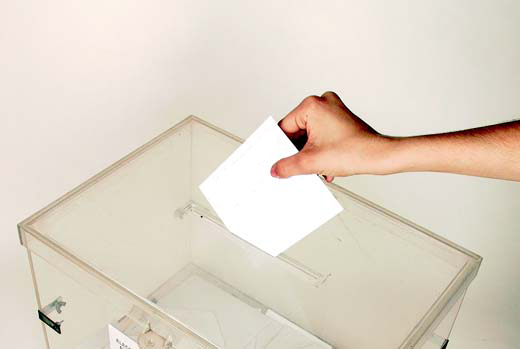The Social Democratic Welfare State
This is a welfare model that was developed and introduced in northern Europe, especially, from the 1940s onwards. In it all the citizens of a state are offered benefits and services in the area of education, healthcare and employment. The aim is to reduce inequalities and situations of alienation that exist in society. The equality and social protection of all citizens is regarded as a right of citizens: it goes further than simply covering minimum needs. It is made possible by paying very high taxes.
As the public institutions offer high-quality public services, citizens on high incomes also tend to use the public rather than the private services. And even though some social organisations work to meet the social needs of citizens, these needs are mostly covered by the public institutions.
In this system, the State plays a major role in the economy: to prevent market failures and excesses, in fact. It does this by stipulating the maximum number of working hours and the minimum wage, and by legislating on employment contracts designed to protect workers, etc.
The Liberal State
In liberal models the State does not intervene in the economic activities of companies and institutions, or in social relations, either. In other words, there is no minimum wage, the State does not guarantee workers’ rights (such as holidays, compensation payable if they are made redundant, etc.). Likewise, there is no healthcare system or social security managed by the State; so each citizen has to contract his/her own private services.
The philosophy behind this form of governance has a specific basis: it firmly believes that the economy is capable of regulating itself. In this respect, the market establishes the economic rules, in other words, the laws of supply and demand. As economic movements take place in a totally free way, those who favour this system believe that wealth and employment are created. However, the differences between the richest and poorest citizens are greater than in the other models. Those who support this model do not believe that basic social rights should be for everyone, and on the whole, they are only offered to those in greatest need.
The Communist State
Communism is a political and economic model that aims to replace the economy based on private ownership and profits. This model aims to guarantee the equality of all citizens; and the country’s means of production (factories, mines, etc.) and natural resources (fuels, iron, timber, etc.) are publicly owned; they are controlled and managed by the State. In other words, they are not owned by just a few individuals. And profits originating from work are not kept by a few individuals (factory owners, for example) but are distributed among all the citizens.
State control is total: the citizens work for publicly-owned companies and the State is responsible for providing all citizens with the same basic services (food, education, healthcare, etc.). The country’s political system is in the hands of a single party, and the activity of independent organisations that criticise the party are, on the whole, not permitted or often face obstacles.







